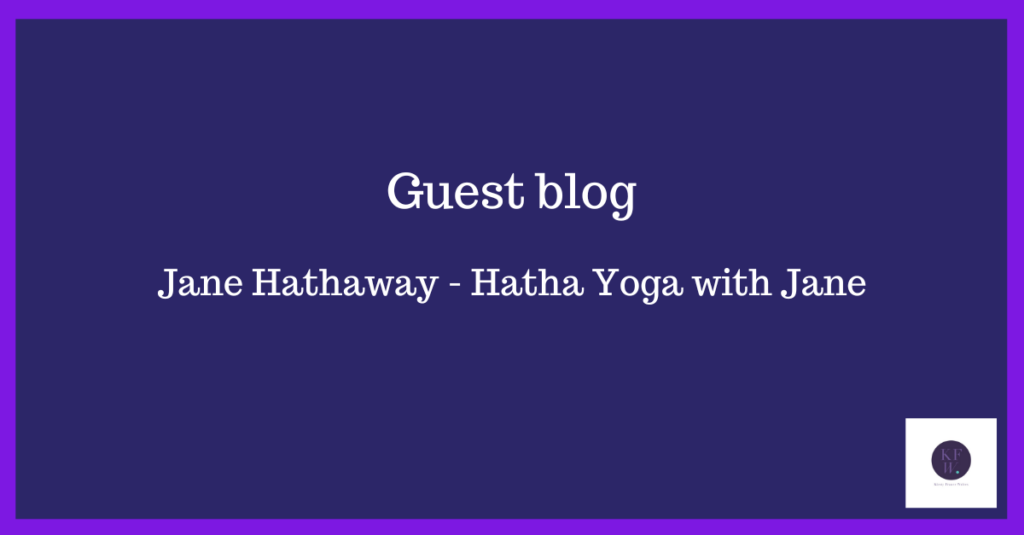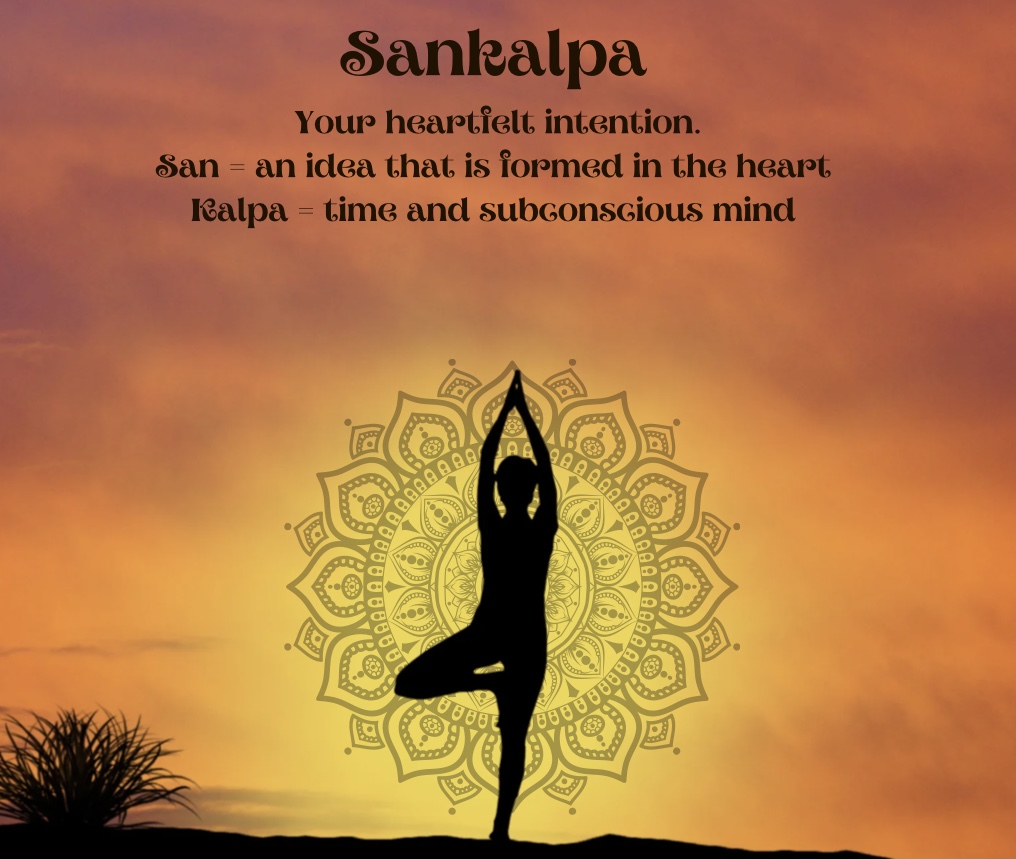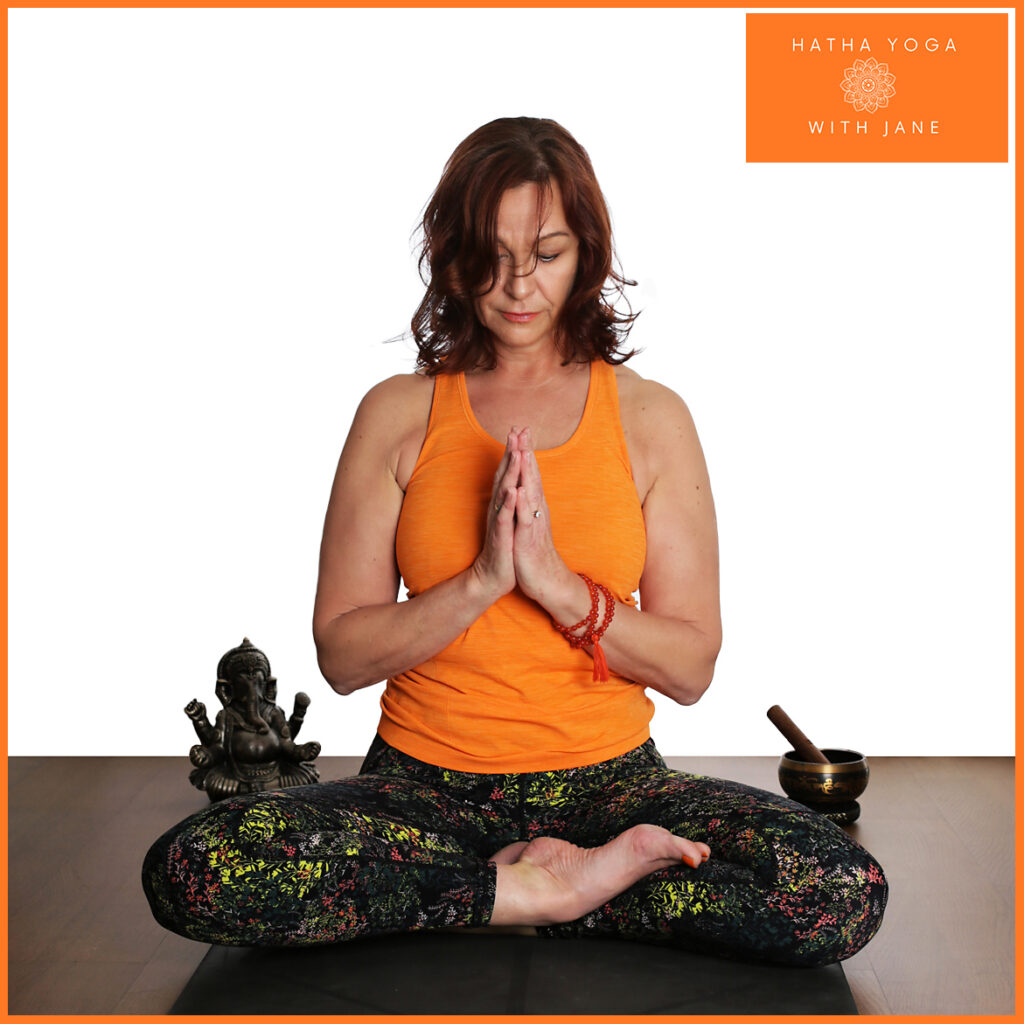
Mid-January: The time when traditionally, many of us have made New Year Resolutions to lose weight, get fitter, stop smoking or have a ‘dry’ January! By now, we’ve often ‘fallen off the wagon’ or decided categorically not to bother!
I don’t know about you, but personally, just the thought of the word ‘diet’ makes me want to reach for the biscuit tin! Or search for that leftover box of mince pies!
The question is, why do we feel the pressure to make a New Year’s Resolution?
Apparently, it’s all to do with the Babylonians! In ancient times, the Babylonians would make promises to the gods in the hope that they would earn good favour in the coming year. Thousands of years on, this worldwide tradition has continued into to 21st Century. Incredible!
New Year resolutions may work for some people, but for me, it’s a matter of reverse psychology; as soon as I’m told not to do something, it makes me want to do it even MORE! It simply doesn’t work!
However, as a Yoga practitioner of 30 years, I prefer a much more balanced approach, which absolutely works for me. It’s also something I use throughout the year, not just for January.
This approach involves making a Sankalpa.
Sankalpa is a Sanskrit term in yogic philosophy that refers to a heartfelt desire, an intention to do something. It tends to be an affirmation and comes from deep within. It’s slightly different to a resolution because unlike a personal goal to achieve something, a Sankalpa is a short positive affirmation or declaration such as “ I am happy and healthy” rather than “ I want to find happiness and get fitter”.
Examples of a Sankalpa may be:
“I AM healthy and strong.”
“I AM at peace within.”
“I AM enough.”
“I AM loving and kind.”
“ I AM happy and confident in all I do.”

The Sankalpa is a yogic tool we regularly use to help us focus on our innermost desires; it enables us to use personal power to bring our inner beliefs to fruition.
During Yoga Nidra, a state of deep relaxation or yogic sleep is when the Sankalpa is most resonant. It is believed that when the mind is relaxed, the Sankalpa can be absorbed by the subconscious.
Furthermore, in Yoga, we believe that whatever your Sankalpa is in life, it is sure to come true!
Maybe you’d like to try making your Sankalpa during a Yin and Nidra class?
To find out more and how Jane can help guide you in your Yoga journey, please take a peek at www.hathayogawithjane.com.
Jane Hathaway is an award-winning, Experienced Yoga Teacher (EYT) and Yoga Alliance Professional (YAP). She specialises in Trauma Resilience Embodied Yoga (TREY), Hatha and Yin Yoga and Pranayama.
